Monday, 13 May 2024
Menu
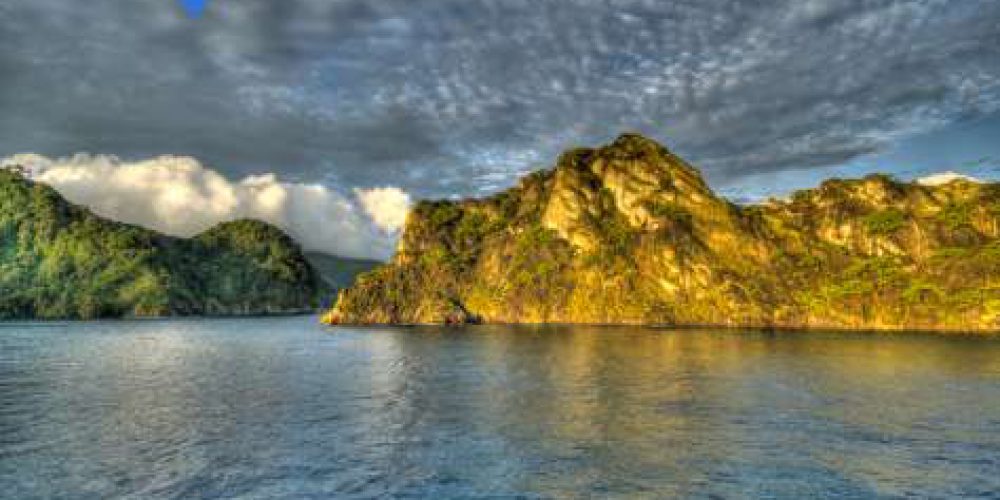
Getting to this remote island requires crossing almost 500km of Pacific Ocean, which can take around 35h from the port of Puntarenas. The sea can be choppy here, especially when sailing into currents that originate near Antarctica. The thought of travelling such a distance on the high seas just to get to the dive sites can be daunting, but getting there is the perfect time to sort out and check your dive gear and camera, as well as sleep off the hardships of the journey and adapt your body to a different time zone.
Gallery of stunning images from Cocos Island
The island is inaccessible, with steep cliffs and lush vegetation defending access to the interior, it is often shrouded in fog and it is not surprising that the first sailors who arrived here told of the pirates’ treasure to be found there.
The best time to meet water residents
Cocos Island is not a new diving destination – much has been written about it, and its breathtaking landscapes with impressive waterfalls starred in Steven Spierlberg’s ‘Jurassic Park’!
There are actually 2 seasons on Coconut Island, each of which affects the sea creatures slightly differently and is rich in encounters with different species.
From May to November is the rainy season (and it is really rainy – up to 300mm of rainfall per month) the sea then is often rough, so the diving conditions can be challenging, especially near the surface. However, this is when there is the best chance of shark encounters, with large schools of sharks being seen – hammerhead sharks sphyrna lewini.
From December to May is the dry season, the sea is calmer, conditions for diving easier, but you cannot count on such spectacular encounters with large fish as a few months earlier or later. With a bit of luck, however, you can come across large and tight shoals of smaller fish.
Calmer seas and clearer water allow birds to see, for example, shoals of carrion fish moving towards the sea surface to escape from predatory fish. So you just have to find the birds and follow them to come across shoals of fish. Nearby you can also spot bottlenose dolphins, blacktip sharks and yellowfin tuna (albacore) attacking the schools from below, and birds striking from above. This is a great opportunity for some amazing photos!

Gallery of stunning images from Cocos Island
What’s interesting to see underwater:
Hammerhead sharks (sphyrna lewini):
They can be shy and quickly become disturbed by the sound of exhaled bubbles, so to be able to interact with them as closely as possible it would be best to use a rebreather. Another way is to hold your breath, which will almost certainly result in a post-dive headache due to carbon dioxide retention, so don’t abuse this method!
One more way to enjoy the sharks is to go underwater as soon as possible, before they are overrun by other divers.
Galapagos shark (carcharhinus galapagensis):
This is a really big shark, up to 3m long, and with a curious disposition. Individuals of this species can sometimes swim as close as 1 m!
White Tip Reef Shark (triaenodon obesus)
These sharks are really seen during every dive on Cocos Island, and after a few dives you stop paying attention to them. A great opportunity to see these animals in a different light (literally and figuratively) is a night dive – then they gather in larger groups and hunt in the light of torches.
Rosy-Lipped Batfish (ogcocephalus porrectus)
This is a very bizarre fish that looks like it has lips painted with bright red lipstick! It is a species endemic to Cocos Island and makes a great subject for macro photography. It is similar in appearance to the red-lipped batfish found near the Galapagos Islands and is often confused with it. It is usually found at depths of around 30m.
Other creatures encountered on Cocos Island are orcas, manta rays, tremblers, as well as mobiles – all present in almost every dive site and not at all shy.
When diving on Cocos Island, which is famous for its encounters with large fish, most photographers opt for a wide angle. However, that doesn’t mean macro shots aren’t possible here – they are, if that’s what you want.

Gallery of stunning images from Cocos Island
DeepSee submarine
This is an attraction only provided by MV Argo and the Undersea Hunter Group. The maximum immersion depth of the boat is 450m, with tourists reaching 300m deep. It is an amazing experience comparable to going into space. About 2,500 people have dived to a depth of 300m in the world, which is much less than the number of people who have conquered Mont Everest. There is a lot of preparation involved in going to the depths. Aquanauts are dressed in wetsuits, taught emergency ascent and other safety rules. DeepSee is launched on the Argo and then transported by speedboat to the bottom of the underwater mountain. If you are expecting amazing deep-sea creatures, you may be a little disappointed, the biggest experience is seeing the deep-sea shark Echinorhinus cookei.
What struck me most was that as I submerged and the huge plexiglass dome was pressurised the density of the material changed and fish that were about 1 metre long looked 3 times smaller at 300 metres. The operator steps up the tension by first showing us the underwater life on a shelf 100 m below sea level, then at 200 and finally at 300. Organisms at these depths have a very slow metabolism so the world we see at these depths is, for example, several hundred years old corals, ribworms, colonial caecilians, strange fish.
MV Argo
The vessel itself is a luxury dive boat, very comfortable and able to cope with the sometimes difficult conditions at sea without any problems. It is friendly to underwater photographers – equipped with lockers for cameras on the dive deck and plenty of sockets for charging batteries. The cabins are extremely spacious and the food tasty and varied. The Argo often ‘stars’ in films made by National Geographic television, as it is often hired by the crew to film underwater.
Pictures are from the Best Dives November 2012 expedition

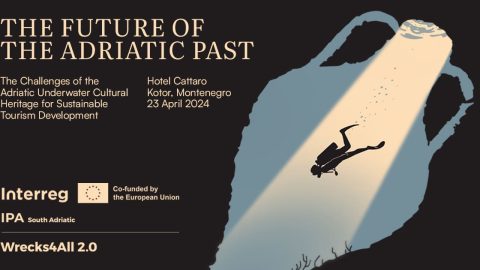
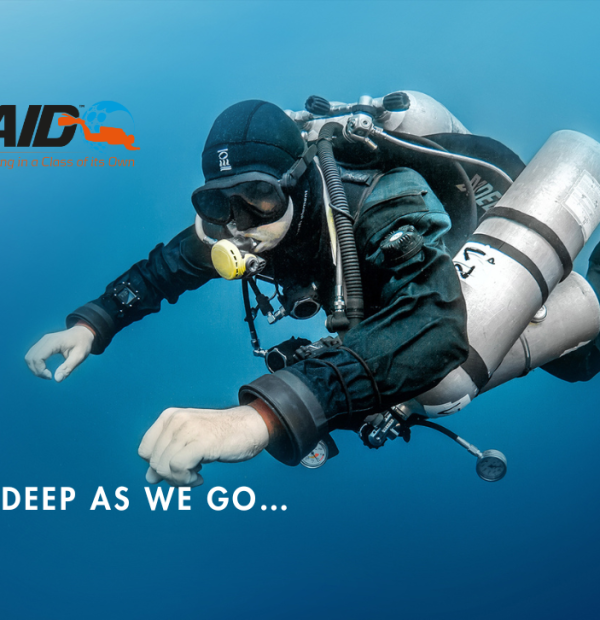


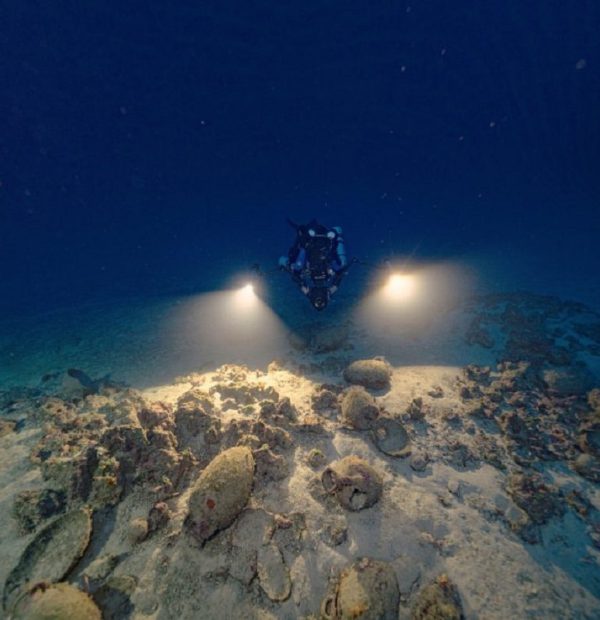
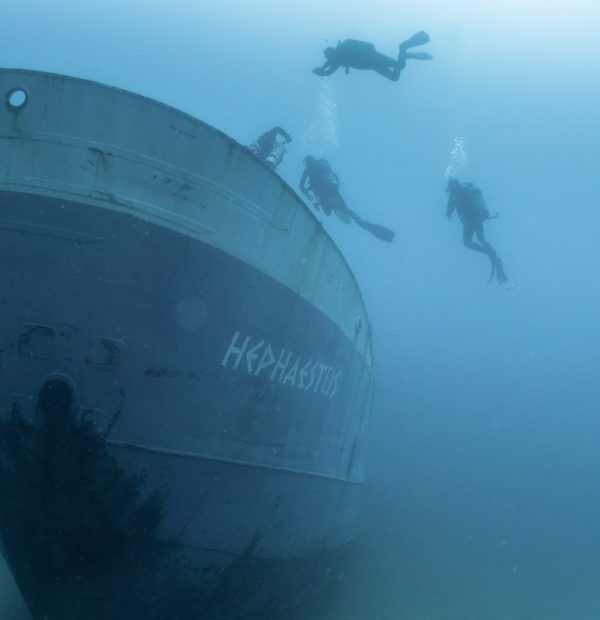

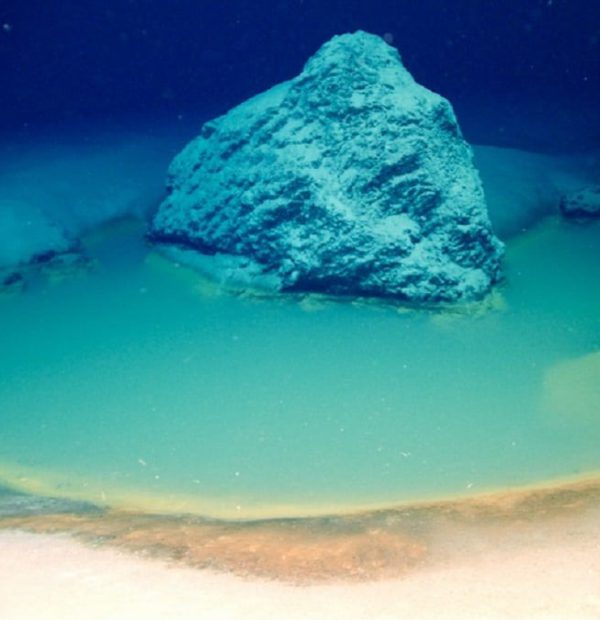

Welcome to DIVERS24.COM, your daily source of scuba news, freediving, scuba diving information, and equipment reviews. Our comprehensive coverage of the dive industry from A to Z provides you with all the latest scuba news, training updates, underwater photography tips, and everything else related to scuba diving. Whether you’re a beginner or an experienced diver looking for more knowledge about scuba gear or techniques – we’ve got it covered! With our in-depth articles written by experienced divers who have been there and done that, you are sure to find exactly what you need here at Divers24.com. Dive into scuba news today!
Underwater Media Sp. z o.o.
Szafarnia 11/F8,
80-755 Gdansk, Poland
Welcome to DIVERS24.COM, your daily source of scuba news, freediving, and scuba diving information. Sign in for a weekly news update and discount coupons for dive gear and apparel.
@2023 - underwatermedia.pl. All Right Reserved. Designed and Developed by Tworzenie stron internetowych Gdansk

The Divers24 portal is currently the largest online medium treating diving in Poland. Since 2010 we have been providing interesting and important information from Poland and around the world on all forms of diving and related activities.
Contact us: info@divers24.com